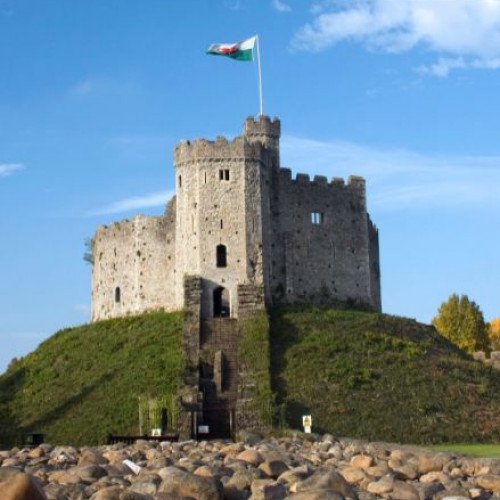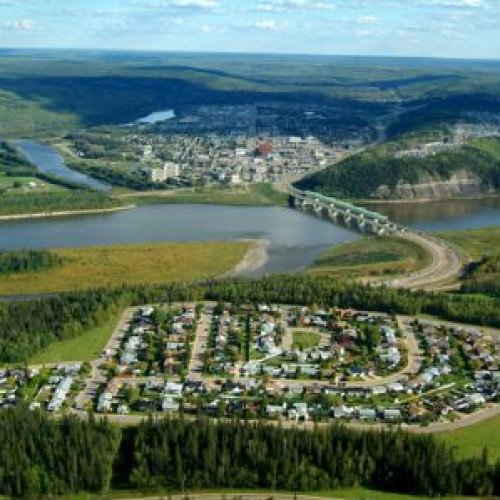Castles of "South Africa" FORT GLAMORGAN vs FORT MURRAY

FORT GLAMORGAN
In 1848 Fort Glamorgan was established on the Buffalo River, to house troops and to guard the start of the supply line to King William's Town. The fort was named after Lord Charles Someset's father, the Earl of Glamorgan. Somerset was the governor of the Cape Colony. Fort Glamorgan was proclaimed a national monument in 1938. Fort Glamorgan is located within the grounds of the Glamorgan Prison, and is in a decent condition, as the old buildings are maintained by the Department of Correctional Services. The original fort consisted of a loop-holed wall, which encompassed the soldier's barracks, forage stores and stables, a hospital and cookhouses. The original powder magazine was located outside of the fort's perimeter. The British realized that this was a mistake, and a new magazine was built inside the grounds in 1856. The powder magazine was constructed of Dolerite blocks, and features an arched roof, surrounded by a high wall and adjoining guard house. The powder magazine is the only reaming building at the fort, and is situated about 500m from the main gate of the prison, and is only accessible through the main prison gates, so you will need to request permission to enter before visiting. Permission to visit Fort Glamorgan must first be obtained from the Area manager of the Department of Correctional Services. For further information send a fax to (043) 7311512 .
Statistics for this Xoptio

FORT MURRAY
Fort McMurray (/mɪkˈmʌri/ mik-MURR-ee) is an urban service area in the Regional Municipality (RM) of Wood Buffalo in Alberta, Canada. It is located in northeast Alberta, in the middle of the Athabasca oil sands, surrounded by boreal forest. It has played a significant role in the development of the national petroleum industry. The 2016 Fort McMurray wildfire led to the evacuation of its residents and caused widespread damage. Formerly a city, Fort McMurray became an urban service area when it amalgamated with Improvement District No. 143 on April 1, 1995, to create the Municipality of Wood Buffalo (renamed the RM of Wood Buffalo on August 14, 1996). Despite its current official designation of urban service area, many locals, politicians and the media still refer to Fort McMurray as a city. Fort McMurray was known simply as McMurray between 1947 and 1962. Before the arrival of Europeans in the late 18th century, the Cree were the dominant First Nations people in the Fort McMurray area. The Athabasca oil sands were known to the locals and the surface deposits were used to waterproof their canoes. During the fur trade, the location of Fort McMurray, west of Methye Portage, was an important junction on the fur trade route from eastern Canada to the Athabasca Country. In 1778, the first European explorer, Peter Pond, came to the region in search of furs, as the European demand for this commodity at the time was strong. Pond explored the region farther south along the Athabasca River and the Clearwater River, but chose to set up a trading post much farther north by the Athabasca River near Lake Athabasca. However, his post closed in 1788 in favour of Fort Chipewyan, now the oldest continuous settlement in Alberta.